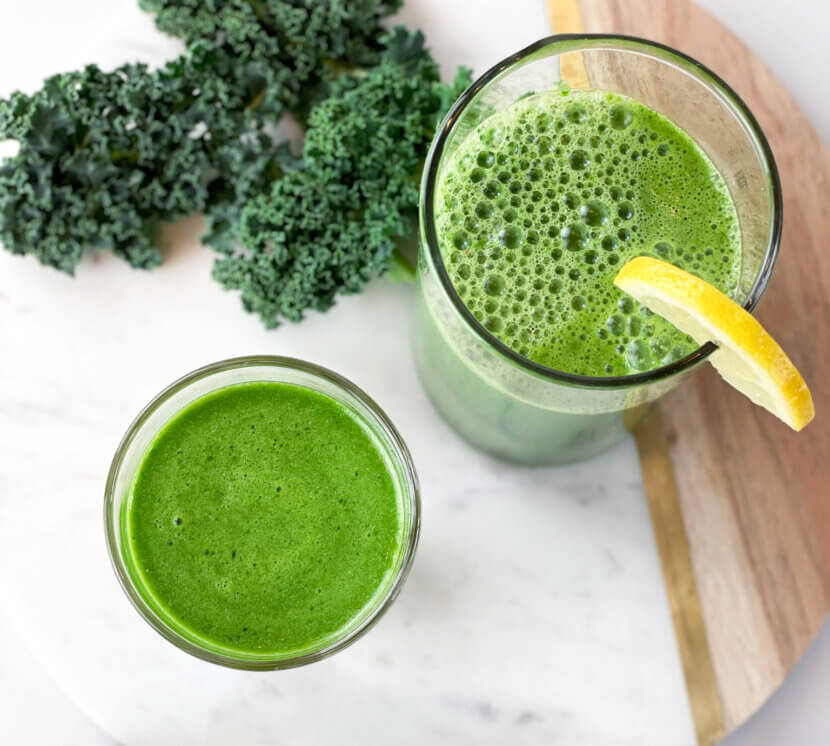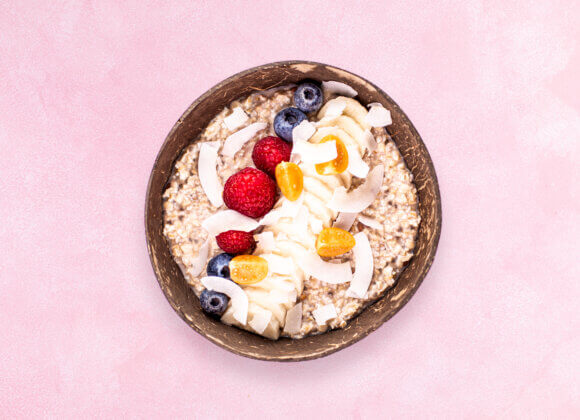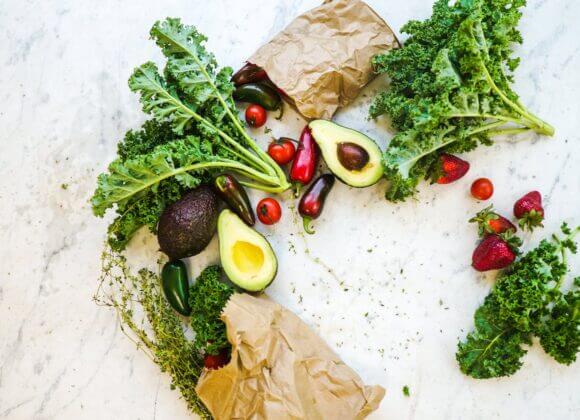Detox, superfood, green goodness: the smoothie hype has persisted worldwide for many years. Clemens Rieder, founder of the Juice Factory, explains in an interview what really matters when mixing – and what he prefers to leave out. Plus: What is important when buying a smoothie maker?
Mr. Rieder, smoothies are considered the epitome of a healthy lifestyle. What makes a really good smoothie for you?
First and foremost, of course, the taste – that is the most important thing. But compatibility also plays a major role. You should only combine ingredients that the body can absorb well. And ideally, the smoothie should also have a certain nutrient density – in other words, it should have something “in it”.
Are there any combinations that don’t work in your opinion?
This is actually very individual. Some people tolerate apple juice really well, others don’t. Some love celery, others get a stomach ache. I don’t think there’s a general rule about what doesn’t work – everyone has to find out for themselves.
What is your personal favorite smoothie?
Clearly: our Green Machine. Apple, avocado, spinach and lemon – with lots of ice. The mixture is simply bombastic. You have the acidity of the lemon, the creaminess from the avocado, the freshness of the apple and the nutrients from the spinach. The smoothie really has everything a good mix needs.
Many people think: the more ingredients, the healthier. Is that true?
Not necessarily. You shouldn’t overdo it. If you put too much into a smoothie, it often no longer has a clear taste – and the body finds it difficult to process everything. Less is often more.
Speaking of nutrients: How important is fat in a smoothie?
Very important. There are fat-soluble vitamins – the so-called ADEK vitamins. The body can only absorb these if fat is involved. We therefore always add a small splash of olive oil to our smoothies. That’s quite enough. Some people also use coconut or MCT oil, but I find olive oil to have the most neutral taste – and it is also well tolerated by almost everyone.
Is there a trick to prevent excessive foaming when blending?
Yes, a little oil actually helps here too. The order is also crucial: liquid and soft ingredients first, then frozen fruit or ice cubes. And when blending, it is better to start slowly and only then turn up the speed – this prevents excessive foaming.
What about the color? Sometimes smoothies turn brown quickly …
This is an oxidation issue. You can see this quickly, especially with pears or fresh apple juices. What helps is a splash of lemon juice. This keeps the color fresh and makes the smoothie visually more attractive – even if the discoloration is of course not a quality problem.
Do you use fresh or frozen fruit?
Both – but when it comes to raspberries, strawberries and mango, we only use frozen produce. They are often of better quality than what you get fresh in the supermarket. And it’s practical because it’s always available and spoils less quickly. It also provides a nice, creamy texture.
Are there ingredients that hardly anyone uses but that work really well?
Yes! I’m a huge fan of avocado – many people find it hard to get used to at first, but when you try it, you realize that it makes the smoothie extremely creamy and smooth. And basil! Especially in combination with strawberries and banana, it’s amazing – refreshing, summery, a little unusual.
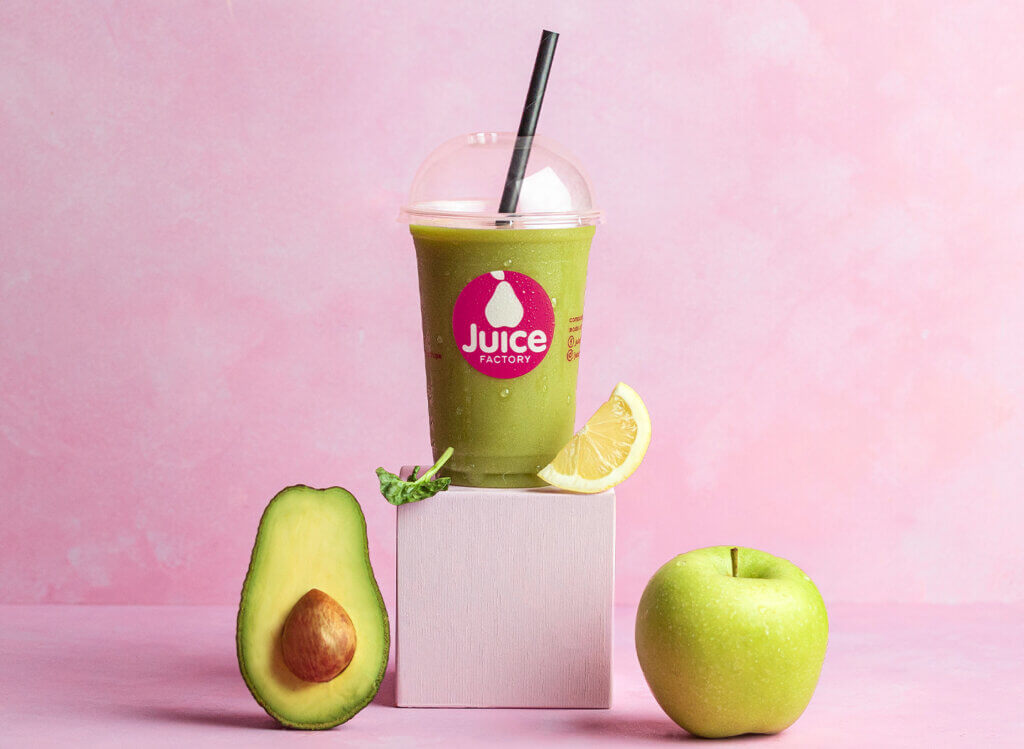
And what do you think of chia or linseed?
For me, they belong more in power bars or shakes than in smoothies. But of course you can also blend them – it’s best to add them at the end so that they break up well in the blender. Anything goes, but you should know what you’re doing.
Last question: What should a smoothie novice never do?
Don’t throw everything in at once. And don’t believe that “a lot helps a lot”. It’s better to use a few good, balanced ingredients – and pay attention to quality. Then it will be really good.
Smoothie maker for at home
Speaking of really good: there’s a good reason why smoothies are often enjoyed away from home: the (brief) enjoyment of the drink is offset by long preparation and post-processing times, and cleaning the appliance in particular can spoil the desire for a home smoothie. But here too, appliances have evolved – the “Pure Press Line H70-ST” from Hurom (priced at € 499) is currently considered the Ferrari of smoothie makers: A juicer that not only scores with its minimalist design, but also sets new standards in terms of handling. Easy to use, uncompromising in performance – and so elegant that it cuts a fine figure in any kitchen.
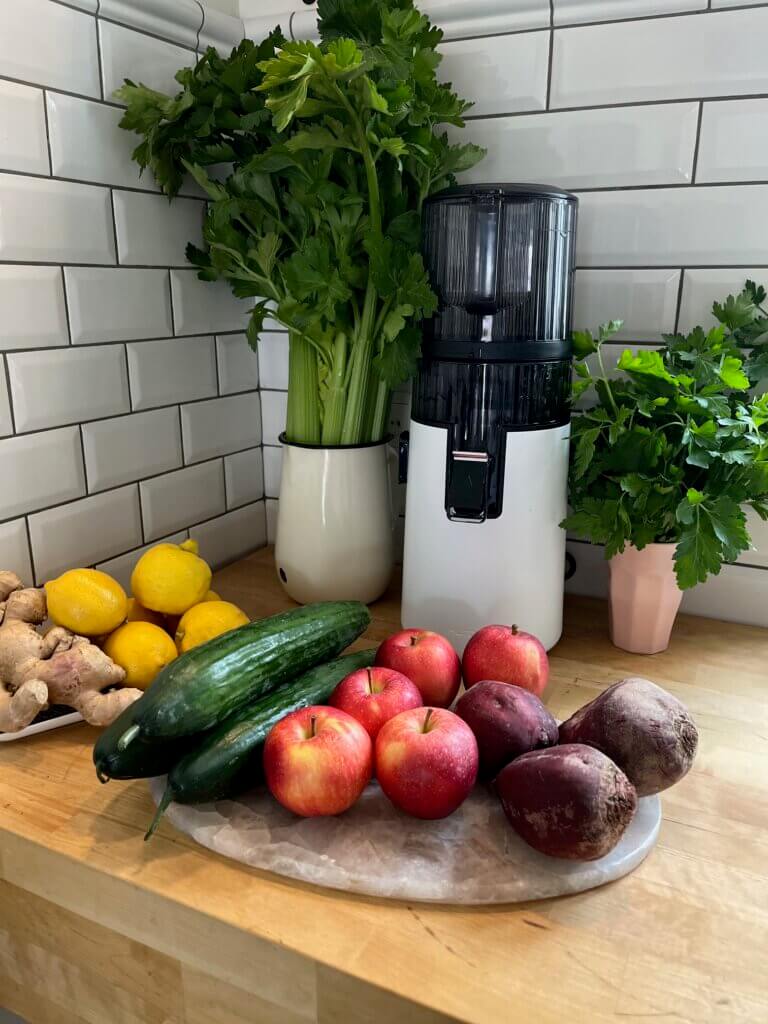
The advantages of the device? Thanks to cold pressing at a low temperature and speed, the valuable nutrients and enzymes of fresh fruit and vegetables are fully preserved. The result: a natural, clear juice with maximum vitamin content.
The operation? So simple that even children can use it without any problems. No pre-cutting necessary, no sharp blades – the powerful pressing screw processes whole fruits effortlessly and safely.
A special highlight is the ice cream attachment supplied, which turns frozen fruit into creamy nice cream in no time at all. Simply freeze the fruit, run it through the juicer and your healthy summer snack is ready.
Thanks to the integrated sieve filter, the juice texture remains pleasantly fine, while coarse pieces are reliably retained. And even after consumption, everything remains relaxed: Cleaning is extremely easy. All parts can be easily removed and rinsed under water. If something does get caught in the sieve, a cleaning brush is included.
Here you can find the Hurom H310 on Amazon (affiliate link)*

Website: https://www.juicefactory.at
Photos: Juice Factory or private
*The links marked with an asterisk (“*”) are affiliate links. As an Amazon partner, we earn from qualified sales. Of course, this does not change the price for you.
Related posts:
Mindfulness at home: meditation and breathing exercises


